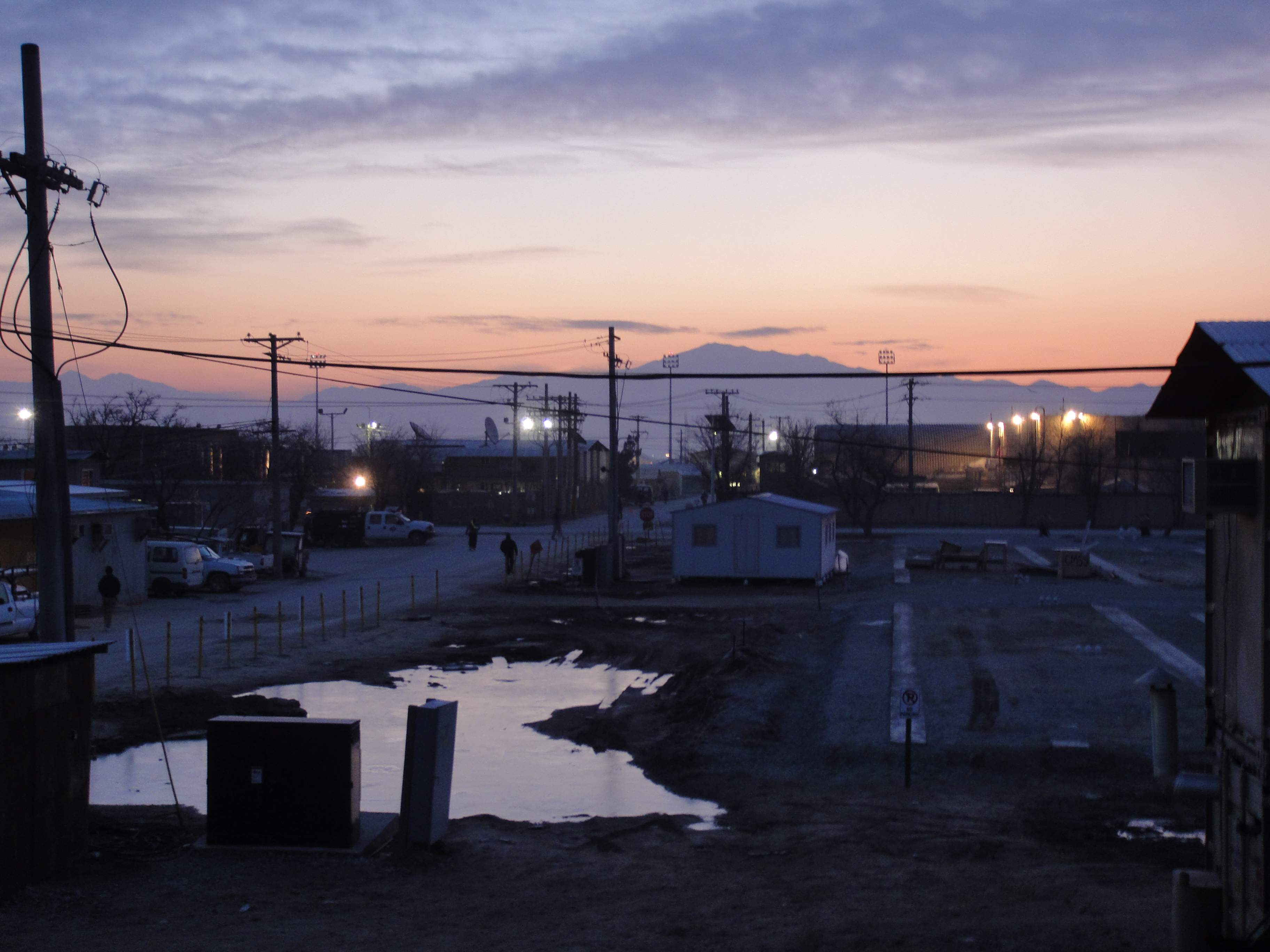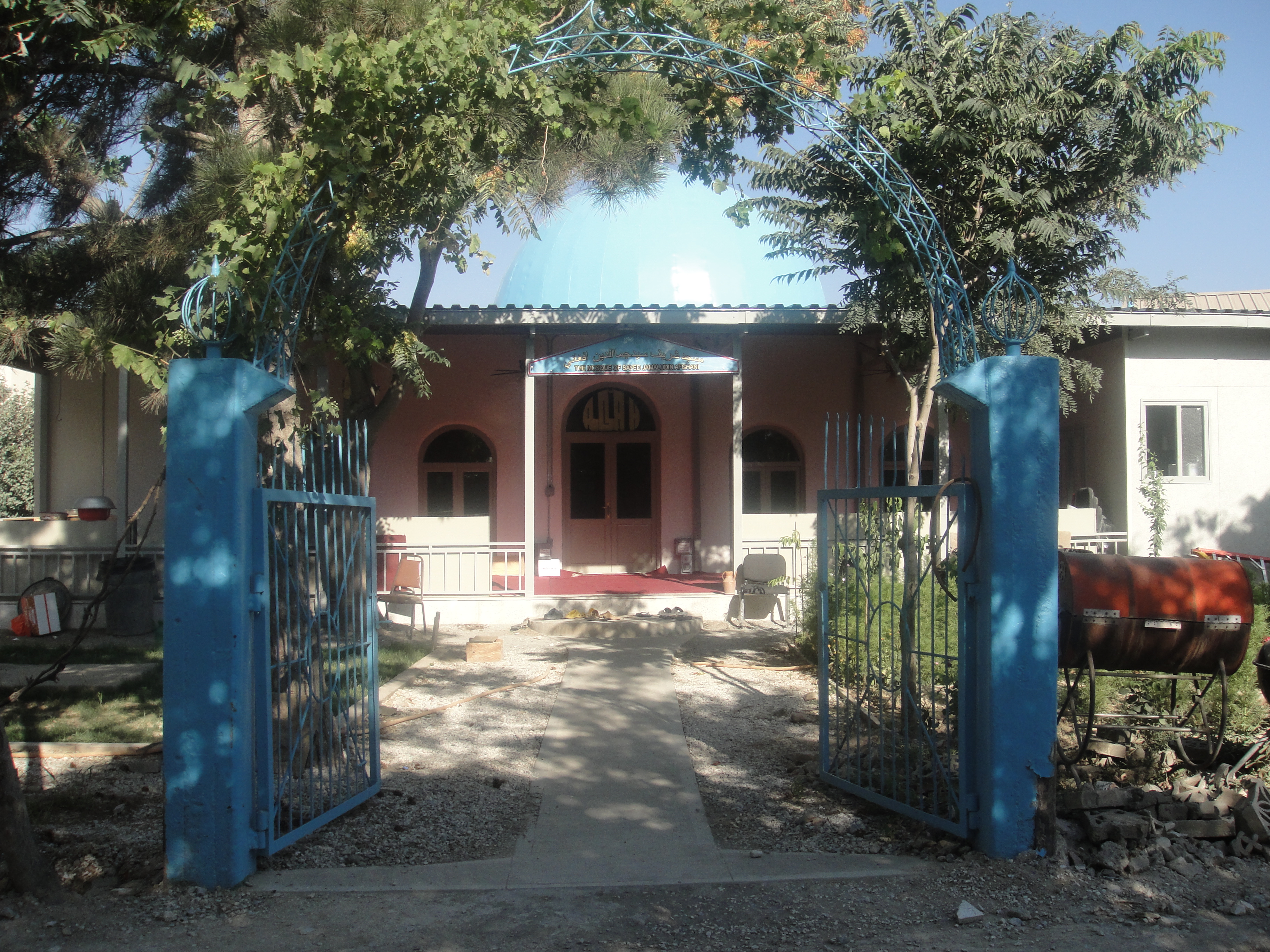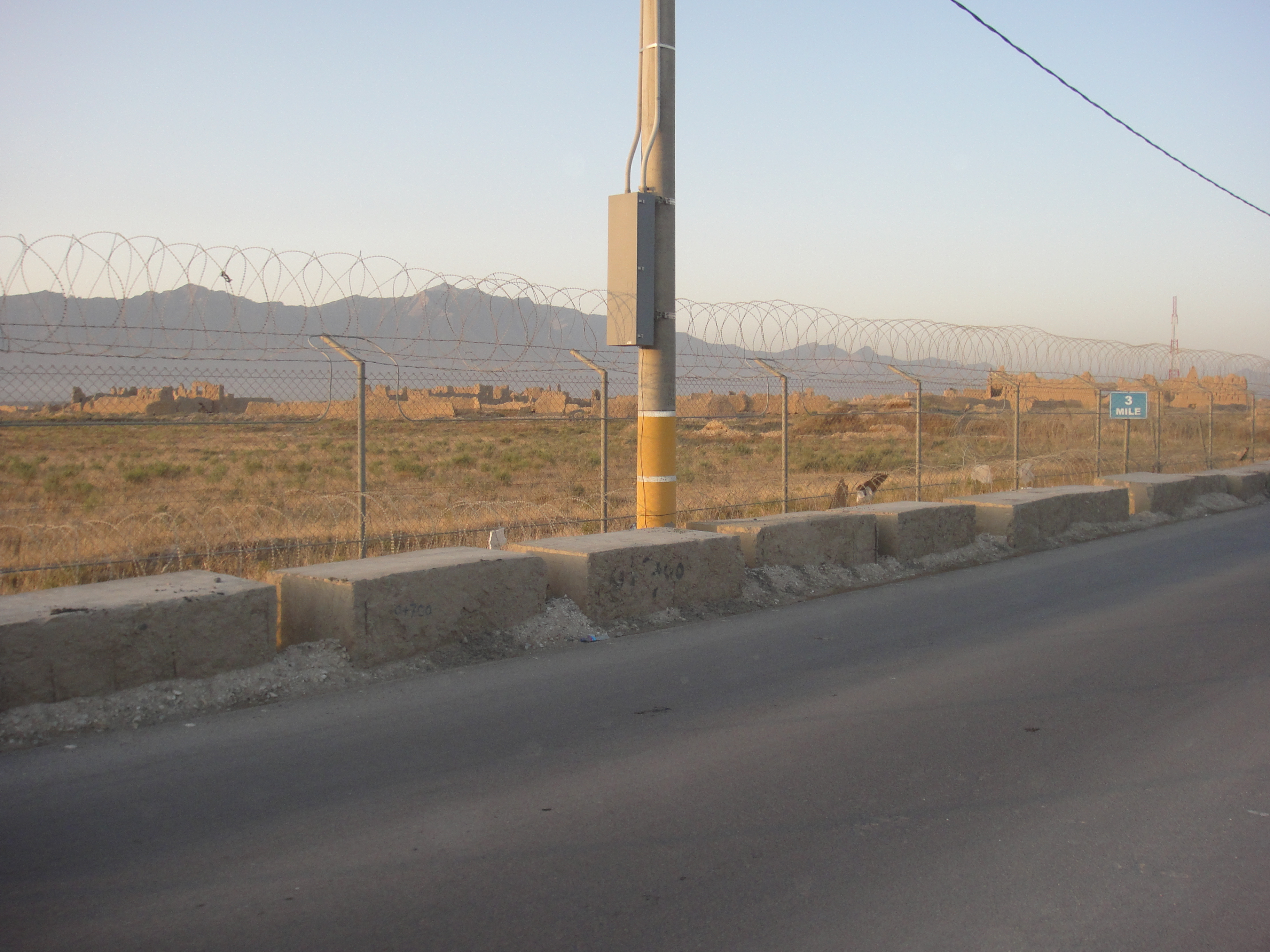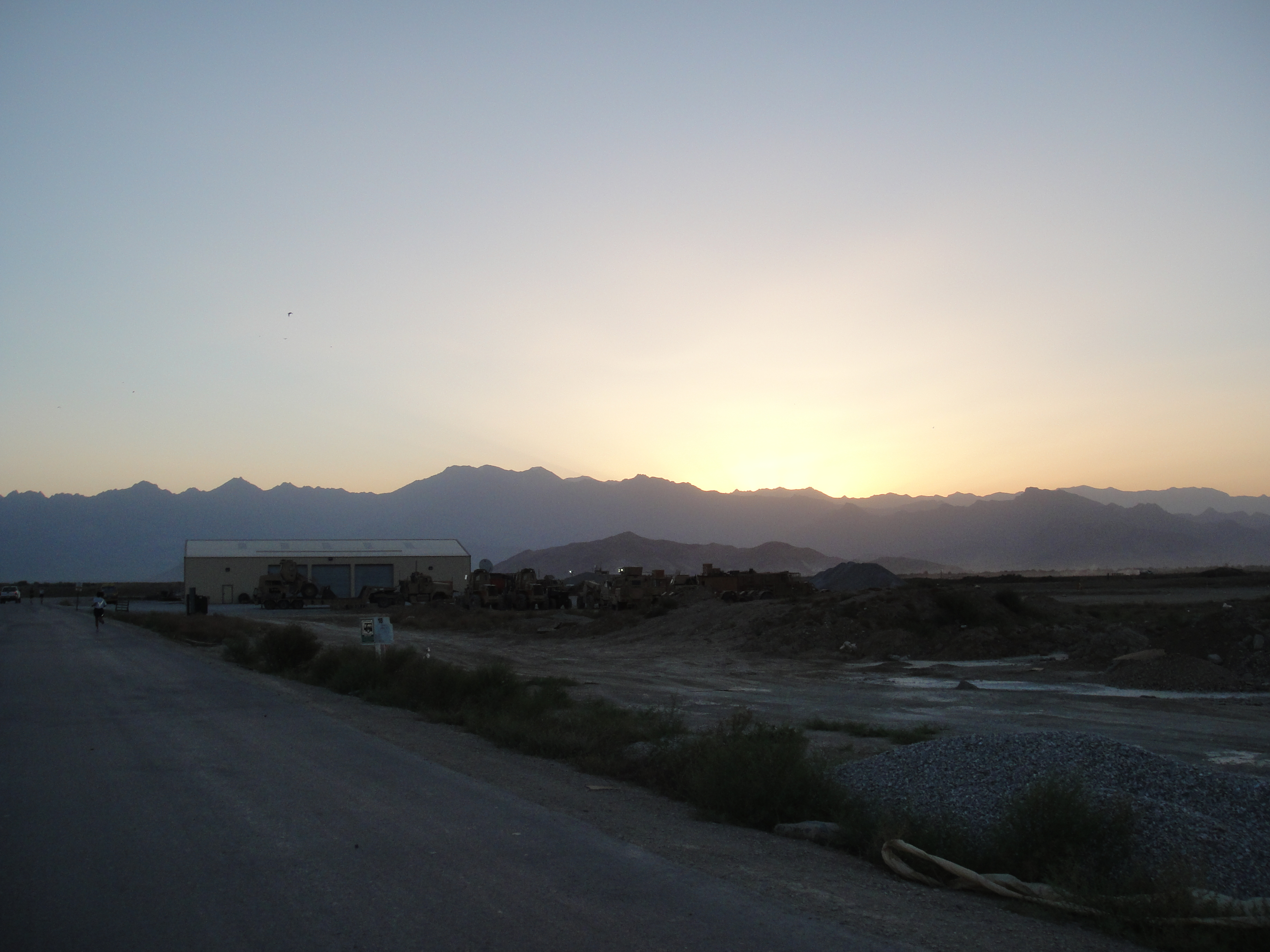JOIN US AS WE INTERVIEW – Heather VanDeGrift | A Latent Print Examiner who Spent 6 Months in Afghanistan Processing IEDs
Q. Tell us a bit about yourself
A. I am a supervisor and Quality Manager in the Latent Print Unit at the Seattle Police Department. I have worked in the field of fingerprints for 21 years, 18 of those as a Latent Print Examiner. I started my career as a Jail ID Technician at the King County Jail and then became a Tenprint Examiner. I earned my Latent Print Certification in 2009, before taking a 6-month leave of absence to work for a contractor in Afghanistan processing IED’s for fingerprint evidence. I have been on the PNWD-IAI Board of Directors since 2016 and am the current President. I’m also a busy mom of three boys (21, 8, and 4), amateur photographer, and outdoor enthusiast.
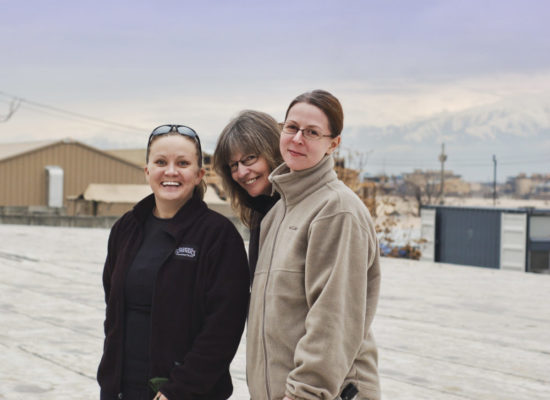
Q. What was the most difficult part of your experience?
A. The most difficult part of working in Afghanistan for me was just being away from my family, especially during the holidays. I left just before Thanksgiving to fly to Virginia for on-boarding and some quick training, then to Fort Benning in Georgia for more training, issuing of gear, and completion of requirements. I was in Afghanistan before Christmas and it was a big adjustment. Thankfully, once I was settled and had internet and a cellphone I was able to stay in close contact with home through Skype, email, and phone calls.
Q. What did your training involve?
A. The training was multifaceted. There was training with the company I was contracting with which covered everything from basic HR to recognizing IED components, in addition to training at Fort Benning, which covered the gamut from basic first aid to what to do if captured. It’s extremely fast paced and intense. In total my training took approximately two and a half weeks between Virginia and Fort Benning.
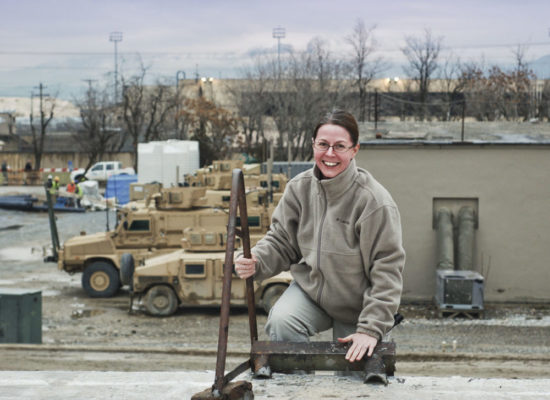
Q. When you returned home did you have nightmares about processing tape?
A. In our processing lab we processed more tape for fingerprints than all other IED components combined. It was a TON of tape. No, I didn’t have nightmares about processing tape after I got back, but I did find that my concept of “a lot of tape” was definitely different than before I went.
Q. Did your experience allow you to return back to the states with processing techniques or procedures your agency wasn’t utilizing at the time?
A. While the processing techniques we used in the Afghanistan lab were the same (we mostly used CA and Dye-stain, Pre-mixed Ninhydrin, Gentian Violet and white or black sticky side powders), they had developed some extremely useful efficiencies due to the quantity of tape that was being processed and the limitation of the lab having no running water. I adapted some of those efficiencies when I got back and incorporated them into my processing state-side.
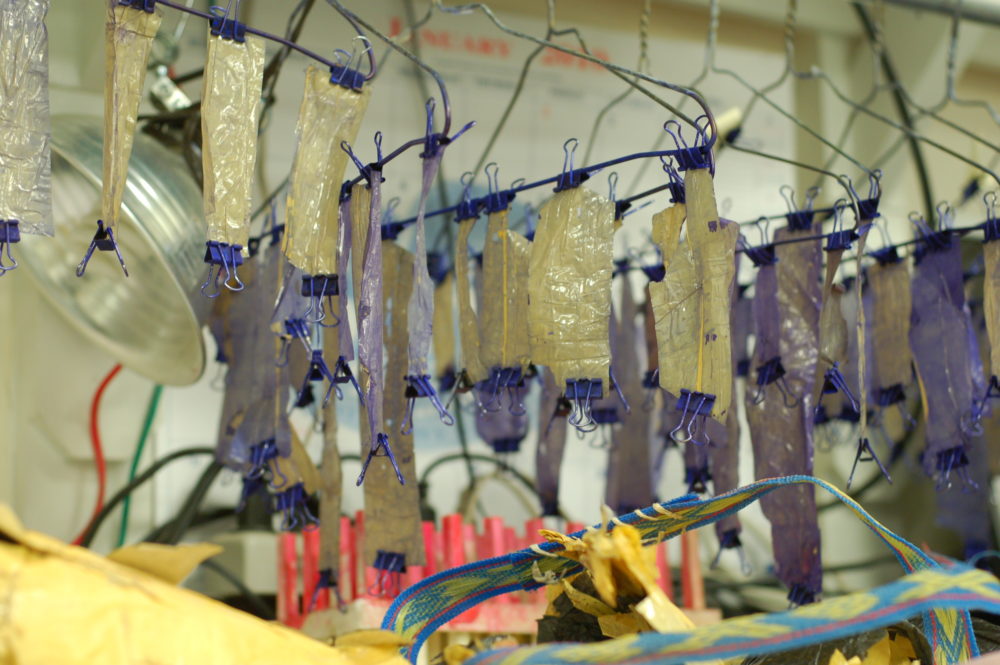
Q. Did you have any opportunities to interact with the community and experience the culture?
A. Unfortunately, within a week or two of my arriving at the base the local market place that was outside the gates was closed and access in and out limited. Nationals did come on the base every day to work but I had almost no interactions with anyone outside of my work group…this is also in part due to the fact that I worked nights and basically worked 12 hours a day 7 days a week. I did manage to get access to a mountain bike while I was there and took a number of bike rides around the base with a co-worker from my lab. Additionally, large cement barriers were located in places with open cyclone fencing where I could see the surrounding area. There were old falling apart cement buildings in places, mountains in the distance on almost all sides, and gorgeous sunrises and sunsets.
Q. What was your most impactful takeaway from your experience?
A. The biggest takeaway from my experience was a new perspective. I had no real concept of life outside of my own bubble and it was an eye opening experience for me. I have a much greater appreciation for what I have and that I am fortunate enough to work in the field I do and have the opportunities I have.
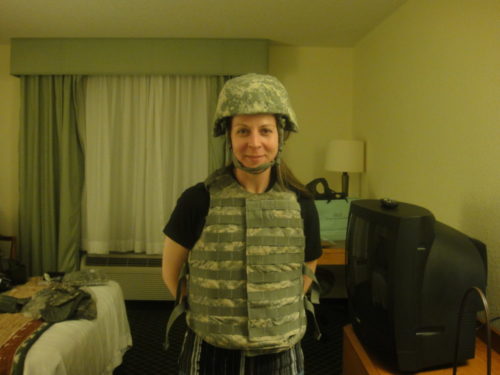
Q. What was your favorite case you worked and why?
A. The work we did in our lab was more like an assembly line than what I do here in the states, as limited as our case information is here, there was basically no case related information in Afghanistan (it may have been available, but our workflow didn’t really allow for that). What I did find most interesting though was just the deconstructing of the IEDs as we processed them. In Afghanistan, most IEDs were made of re-purposed materials, for example pressure plates were often made with cut up street signs, rubber from tires, and re-used wood. One of my most memorable experiences there was receiving a huge balled up wad of yellow packing tape. As I slowly worked through it, separating it into strips for easier processing, I found an improvised blasting cap (the process for items coming to our lab was for the explosive materials to be removed first and the item rendered safe)…needless to say our lab took a meal break while one of the explosive technicians came to retrieve the blasting cap.
What an experience…THANK YOU HEATHER FOR SHARING!
Contact Ridgeline Forensics to connect or share other valuable information with the forensic community!



